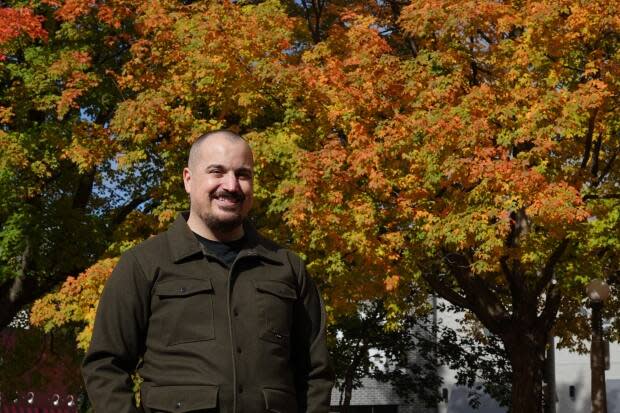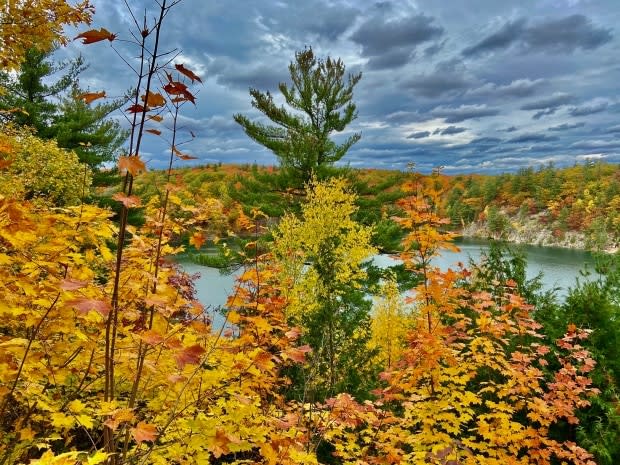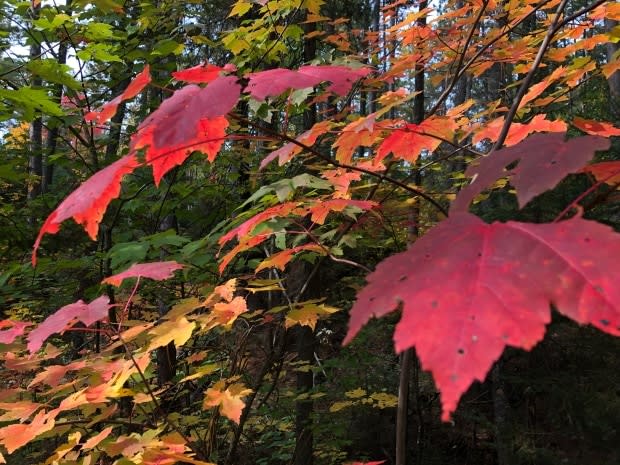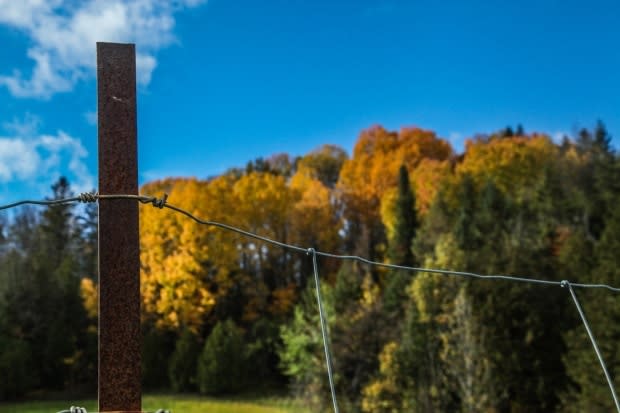A brilliant show: What fall colours can teach us about trees
Every year, fall greets the Ottawa region like fireworks at the end of the night — a big, bright display before winter sets in.
Paul Sokoloff, a senior research assistant in botany at the Canadian Museum of Nature, still looks at a forest's technicolour transformation with a sense of awe.
"Obviously the colours are striking. You get all these different shades and hues of reds and oranges and yellows with greens thrown in, and I mean, that's just beautiful."

Sokoloff generally studies plant life in the Arctic, where he catalogues botanical biodiversity. This fall, he spoke to CBC to answer some common questions about why the trees turn such vibrant colours.
The interview has been edited for clarity and length.
What exactly tells trees to start changing colour?
As the days grow shorter and as it gets a little bit colder, that's a signal for the trees that it's really time to close up shop for the year. And so this triggers a few different processes within the trees.
The plant starts breaking down the chlorophyll, not producing new chlorophyll, which is what gives the leaves its really greenish colour.
That's creating sugars that are drawn back into the stem and the twigs, which are important because that will help keep the plant alive through the winter.
The sugars act like an antifreeze, and they are essential nutrients.

How do the vibrant colours come about?
As the chlorophyll is breaking down, the green pigment in the leaves is starting to degrade, and that gives a chance for orange and yellow pigments, which are called xanthophylls and carotenoids, to actually shine.
In some species, and this is especially true in the maples you see around Ottawa, as the fall is drawing to a close, some red pigments called anthocyanins are being produced, and that's what gives us those brilliant reds.
Why would maples be producing that red shade?
I actually had to look it up myself. There are a few different hypotheses as to why this happens.
One is as the sun is still pretty intense, but the cold is still here and those red pigments actually protect the leaf. So it's kind of like sunscreen, which allows the plant to reabsorb sugars more efficiently because they don't get oxidized in the leaf. The sugars in the leaf aren't broken down before they can be absorbed.

Another hypothesis is that it's actually a signal for seed disperses [such as birds], but this is not true in maples because maples are dispersed in the air. In other species it might be a signal for seed disperses to come and look at the plant, because red is this vivid colour.
What is it about Ottawa that makes for such spectacular falls?
We are super lucky in Ottawa because we get all of these different hues and we typically get these spectacular falls.
I think part of it is the amount of sunlight we get in the fall [and] the climate, but also here in Ottawa we get this perfect mix of different species. We get those yellow beeches, but we also get the red maples.

Is there much change in the vibrancy from place to place?
Even within the Ottawa area you can get these unique little microclimates where you might get favoured conditions for red in certain areas but not in others.
To get the optimal bright red, what you need are long sunny days but also cool nights above freezing. None of the plants like frost. You might get that universally across Ottawa, but you might only get it in certain parts.


